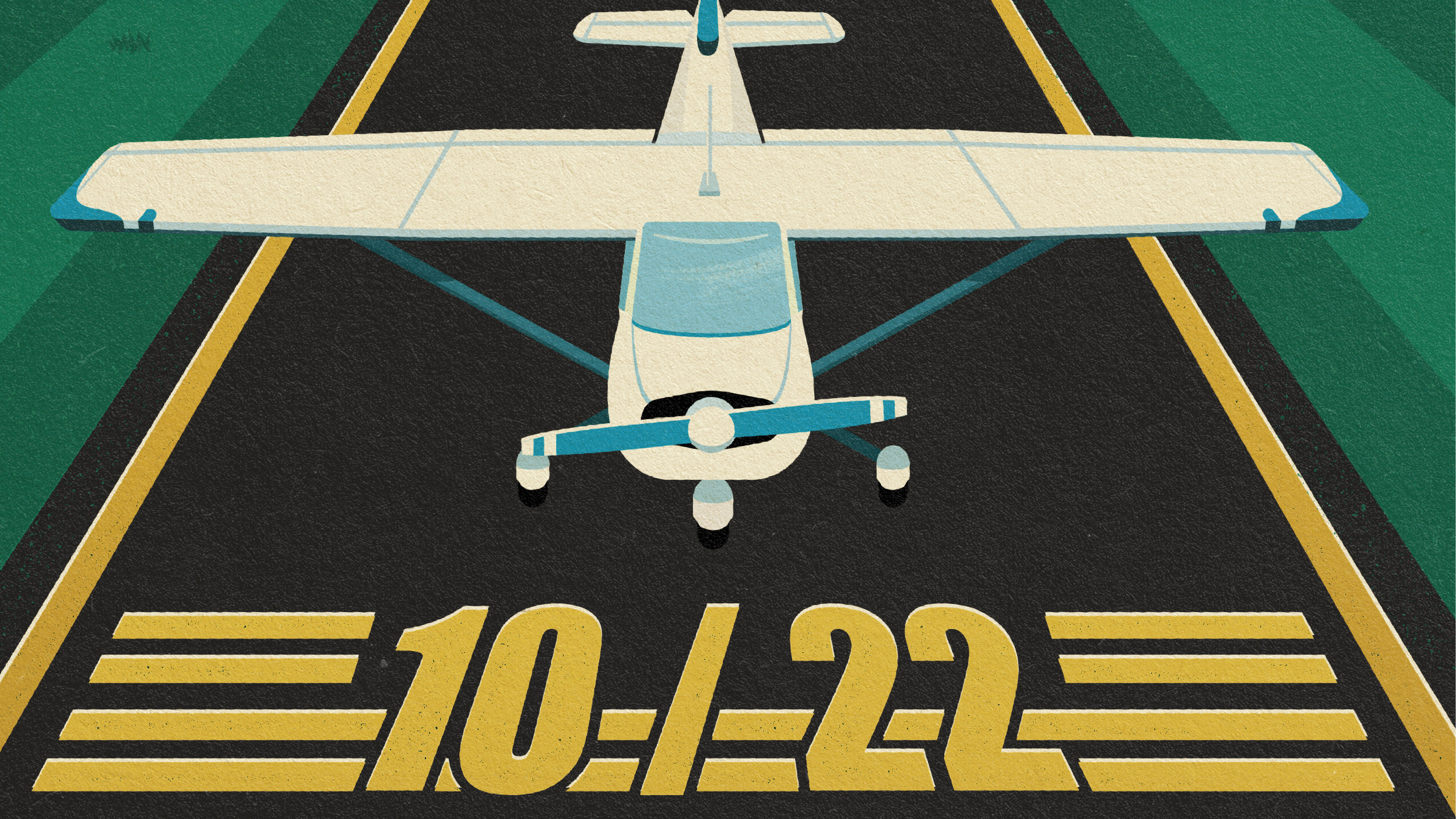Sport aviation reborn
Changes to pilot privileges, light sport aircraft
Changes in sport pilot rules took effect on October 22, making sport pilot privileges and a driver’s license sufficient to fly many more aircraft (including Part 23 aircraft) than before.

On top of the new sport pilot privileges that took effect October 22, the rest of the Modernization of Special Airworthiness Certification (MOSAIC) final rule announced at EAA AirVenture Oshkosh 2025 will be effective July 24, 2026. Changes to aircraft regulations include striking the light sport aircraft definition first enacted in 2004, and creating FAR Part 22 that will govern the newly defined light-sport category of aircraft.
Effectively, the FAA’s new regulatory approach separates pilot qualifications and privileges from aircraft regulations.
Sport pilot privileges
The most notable change for sport pilots is the ability to fly aircraft with a “clean” (flaps up VS1) stall speed up to 59 knots calibrated airspeed (KCAS). With these expanded sport pilot privileges come new requirements, including proper endorsements and training for aircraft with features like constant-speed propellers or retractable landing gear. Aircraft can have up to four seats; however, sport pilots are only allowed to carry one passenger.
As a result, many legacy aircraft became available to sport pilots on October 22. Most flight schools have airplanes available for sport pilots to rent, such as the Cessna 150/152, 170, 172, and 182 models that all are within the new stall speed limit for sport pilots, along with many Piper PA–28 series trainers, and others.
However, not all legacy aircraft meet the new requirements. The VS1 restriction puts aircraft like the Cirrus SR22 (69 to 74 knots clean stall speed) or Beechcraft Bonanza (62 to 68 knots clean stall speed) out of the reach of sport pilots.
Notably, sport pilots can utilize a driver’s license in lieu of BasicMed or a medical certificate to fly these aircraft, provided the aircraft meet all eligibility requirements for sport pilots. BasicMed or a third class medical enables sport pilots to fly at night, with a proper endorsement.
Some legacy aircraft straddle both sides of that stall speed line and vary based on specific production versions and model years. For example, some Cessna 185s have published clean stall speeds at or below 59 knots KCAS whereas others have clean stall speeds in the 60- to 65-knot range.
While a sport pilot was allowed to fly any LSA under the 2004 definition, and, now that the rule has taken effect, is allowed to fly aircraft with a clean stall speed of 59 knots (subject to a few other requirements), sport pilot privileges, including endorsements, will not necessarily qualify the pilot to fly every light-sport category aircraft to come.
The FAA intentionally set two different stall speeds for light-sport category airplanes and sport pilots. The 2004 sport pilot “training requirements would not sufficiently prepare sport pilot applicants to operate airplanes that have a stalling speed greater than 59 knots KCAS VS1, which tend to be heavier, faster, and more complex. Furthermore, it was not the intent of the 2004 final rule nor this final rule to expand sport pilot privileges to operate aircraft with those more demanding characteristics,” the FAA wrote in the final rule.
Part 22 light-sport category aircraft
Beginning in July 2026, light-sport category airplanes will be allowed a “dirty,” flaps-down stall speed (VS0) of 61 knots calibrated airspeed, with up to four seats (two for helicopters and powered lift). Constant-speed propellers, retractable gear, and any powerplant (including electric or turbine powerplants) will be eligible for a special airworthiness certificate as a light-sport category aircraft. These changes vastly increase the types of aircraft that can be issued special airworthiness certificates under the new light-sport category.
The new light-sport category also eliminates the 1,320-pound weight limit for LSAs (1,430 for seaplanes) and most other prescriptive measures, replacing them with stall speed requirements that define new limits for aircraft that are distinct from those that apply to sport pilots.
The FAA and aviation industry expect it will cost much less to bring a light-sport category aircraft to market, compared to type certification under Part 23 as a normal category aircraft. At the same time, elimination of the weight limit in favor of a stall speed limit gives aircraft designers more flexibility to enhance performance.
The FAA chose the 61 knots calibrated airspeed VS0 for light-sport category aircraft as “a compromise between the proposed stall speed that would provide lower kinetic energy for survivable emergency landings and one that could achieve safe operations of heavier airplanes allowed by this rule.”
Because of this decision, light-sport category aircraft will not be synonymous with sport pilot privileges. Some light-sport category aircraft will only be available to private pilots and higher because they exceed a sport pilot’s permitted VS1 with the VS0 still within light-sport category aircraft definition. There will also be light-sport category aircraft that sport pilots can fly, as long as those aircraft meet sport pilot limitations and stall speed restrictions—VS1 at or below 59 knots KCAS.



